
| Recorded by: Allison Garton on 2025-08-28
Moore Co.
Comment: | 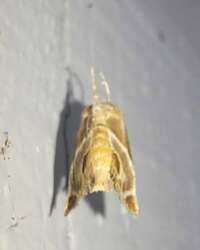
| Recorded by: Allison Garton on 2025-08-28
Moore Co.
Comment: |
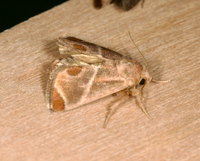
| Recorded by: Jim Petranka, Mark Basinger and Becky Elkin on 2025-08-03
Richmond Co.
Comment: | 
| Recorded by: David George, Dale Morgan, Patrick Coin, Julie Tuttle, Becky Watkins, et al. on 2025-07-26
Orange Co.
Comment: |

| Recorded by: Marilyn Westphal on 2025-07-23
Transylvania Co.
Comment: | 
| Recorded by: David George, Jeff Niznik on 2025-07-20
Moore Co.
Comment: |
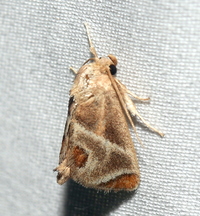
| Recorded by: Jeff Niznik, David George, Rob Van Epps, Kevin Metcalf on 2025-07-20
Richmond Co.
Comment: | 
| Recorded by: Jeff Niznik, David George, Rob Van Epps, Kevin Metcalf on 2025-07-20
Richmond Co.
Comment: |
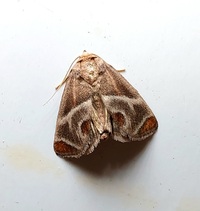
| Recorded by: Mark Basinger on 2025-07-13
Rowan Co.
Comment: | 
| Recorded by: David George, David Cheng, Patrick Coin on 2025-06-29
Richmond Co.
Comment: |

| Recorded by: David George on 2025-06-29
Richmond Co.
Comment: | 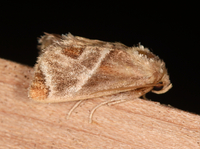
| Recorded by: Jim Petranka, Mark Basinger and Becky Elkin on 2025-06-29
Richmond Co.
Comment: |
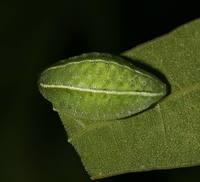
| Recorded by: David George on 2025-06-29
Richmond Co.
Comment: | 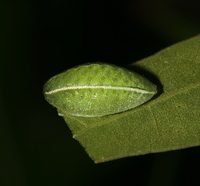
| Recorded by: David George on 2025-06-29
Richmond Co.
Comment: |

| Recorded by: David George on 2025-06-29
Richmond Co.
Comment: | 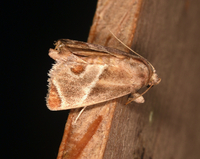
| Recorded by: Jim Petranka, Mark Basinger and Becky Elkin on 2025-06-28
Moore Co.
Comment: |
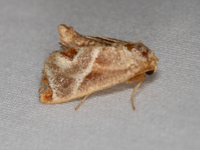
| Recorded by: Jim Petranka on 2025-06-08
Madison Co.
Comment: | 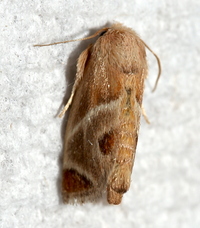
| Recorded by: David George, Jeff Niznik on 2025-05-24
Richmond Co.
Comment: |
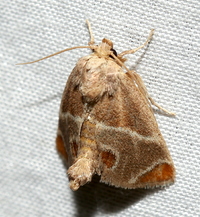
| Recorded by: David George, Jeff Niznik on 2025-05-24
Richmond Co.
Comment: | 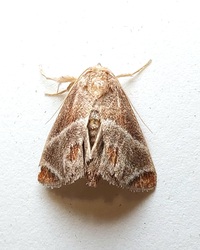
| Recorded by: Mark Basinger on 2025-05-21
Wilson Co.
Comment: |
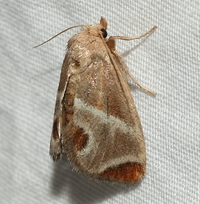
| Recorded by: David George on 2025-05-17
Durham Co.
Comment: | 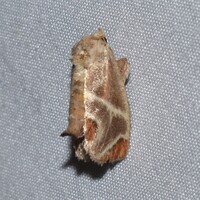
| Recorded by: David George, Jeff Niznik on 2024-08-06
Transylvania Co.
Comment: |
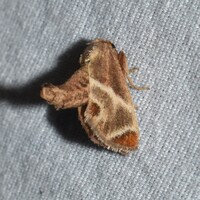
| Recorded by: David George, Jeff Niznik, Stephen Dunn on 2024-08-02
Chatham Co.
Comment: | 
| Recorded by: Mark Basinger on 2024-07-28
Rowan Co.
Comment: |

| Recorded by: Mark Basinger on 2024-07-28
Rowan Co.
Comment: | 
| Recorded by: Jeff Niznik, David George on 2024-07-25
Durham Co.
Comment: |
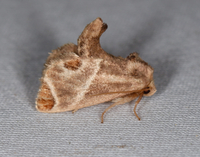
| Recorded by: Jim Petranka on 2024-07-21
Madison Co.
Comment: | 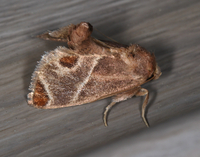
| Recorded by: Jim Petranka on 2024-07-16
Madison Co.
Comment: |
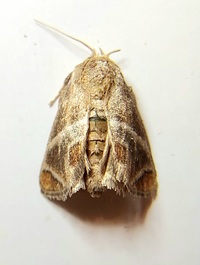
| Recorded by: Mark Basinger on 2024-07-15
Brunswick Co.
Comment: | 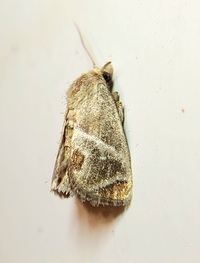
| Recorded by: Mark Basinger on 2024-07-15
Brunswick Co.
Comment: |
|

 »
»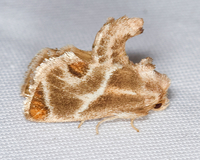
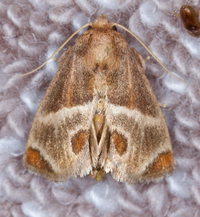
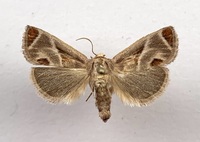

 »
»

